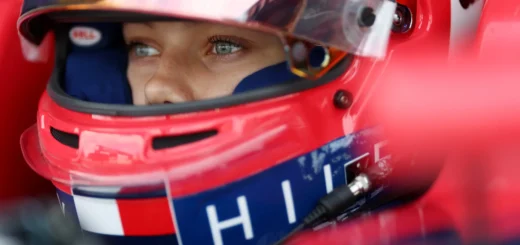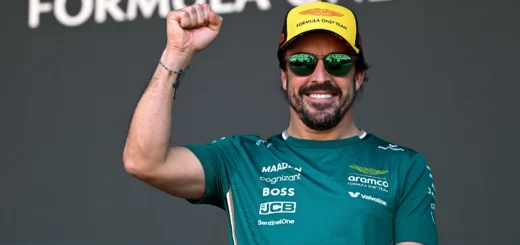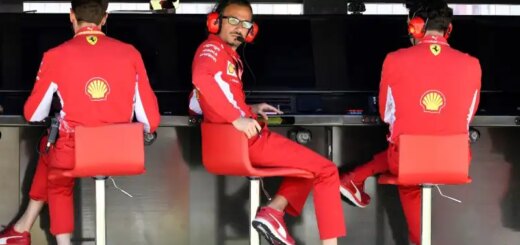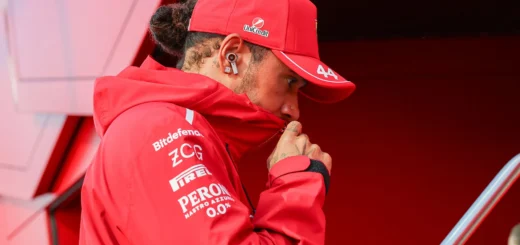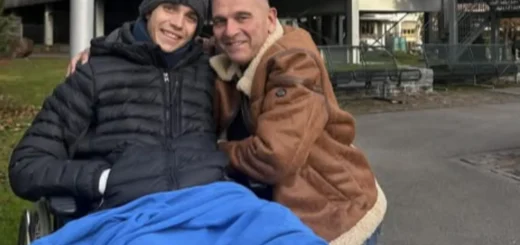“Tennis elbow” explained by the president of the Italian Society of Orthopaedics and Traumatology

The truthà about "tennis elbow"
Commonplaces and false beliefs
In orthopedics, clichés and false beliefs are countless. Confirming this to shed light, the President of the Italian Society of Orthopaedics and Traumatology, SIOT, Alberto Momoli, Director UOC Orthopaedics and Traumatology, San Bortolo Hospital, Vicenza.
The word to the’expert
"False beliefs and clichés in the orthopedic field are widespread, often influencing people’s perceptions and, between “hearsay” and information gathered on the web, increasing the risk of generating confusion and false myths around conditions whose diagnoses and treatments often have very precise indications. We recommend always consulting a specialist in case of doubts or questions about persistent symptoms or overt pathologies and avoid do-it-yourself" he emphasizes.
That what’è"tennis elbow"
The "tennis elbow" for example, è is the common term for lateral epicondylitis, which consists of inflammation of the tendons of the extensor muscles of the forearm, muscles that insert on the outside of the elbow and allow the hand and wrist to be lifted.
A problem not only of tennis players
Not only those who play tennis are at risk of being affected by so-called “tennis player’s elbow” but all those who, because of their particular sports or work activity, continuously repeat certain arm, wrist or hand movements.
A pain that canò radiate
The pain associated with’epicondylitis, which generally è is more intense during or after exertion, initially affects only the tendons, but later can radiate throughout the length of the forearm muscles. In the most severe cases, even the simple action of grasping objects, even if light, can awaken the pain.
There’è also the "golfer’s elbow"
A similar condition, which però concerns the inner side of the elbow, is called golfer’s elbow or epitrochleitis. How to intervene: these conditions take quite some time to resolve if not properly treated; physiotherapy treatments are the first step in resolving the symptoms; possible cycles of infiltrations are not to be excluded.














